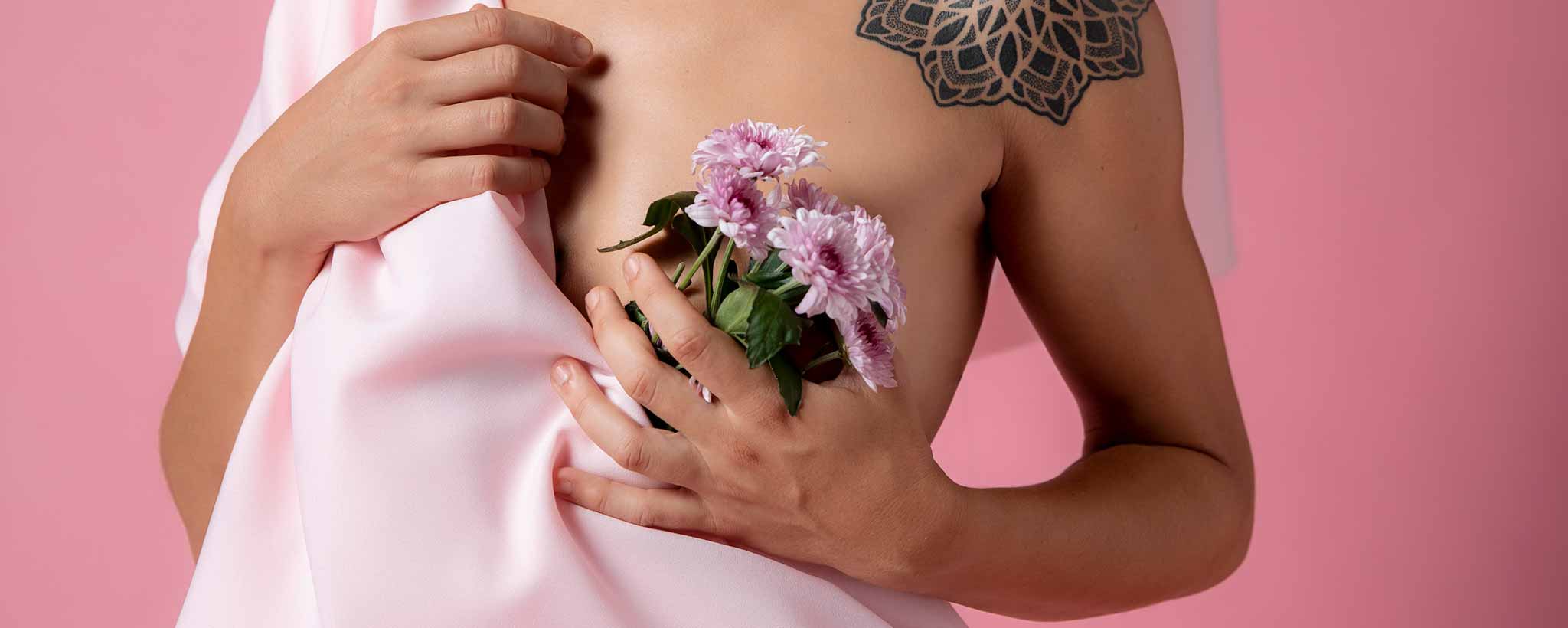Double the delight, double the wonder! Explore the whimsical world of being an identical twin and unravel the mysteries of this extraordinary bond.
Unraveling the Double Delights and Dual Quirks
Imagine a world where there’s a replica of you, not just in appearance, but in personality, preferences, and peculiarities. Welcome to the whimsical and fascinating realm of identical twins!
In this article, we’ll embark on a journey to explore the intricate dynamics of being an identical twin, shedding light on questions that intrigue both the curious onlookers and the inquisitive minds of neuroscientists.
The Magical Rarity: Identical Twins in the Population
Identical twins may be enchanting, but they are also quite rare among the human population. In the United States, identical twins account for approximately 0.4% of all births, which means that out of every 250 births, only one pair will be identical twins. This rarity adds to their mystique and makes encountering a pair of identical twins all the more captivating.
The Genetic Tango: How Similar is the DNA of Identical Twins?
Identical twins, also known as monozygotic twins, originate from the same fertilized egg that splits into two embryos. This genetic duplication lays the foundation for their striking resemblance. However, as they grow and develop, subtle variations begin to emerge, shaping their unique identities.
Factors like epigenetics (how genes are influenced by the environment) and personal experiences contribute to these dissimilarities, making each twin a delightful blend of nature and nurture.
Empathy Unveiled: The Depth of Twin Bonding
Imagine having an empathetic companion who truly understands your joys and sorrows without uttering a single word. For many identical twins, this is an everyday reality. The unique bond between twins is often characterized by an extraordinary level of empathy.
They can sense each other’s emotions, finish each other’s sentences, and even experience physical sensations together. This profound connection showcases the remarkable capacity for human empathy and reminds us of the depth of human connection.
Birds of a Feather: Do They Have Similar Interests in Mates?
When it comes to matters of the heart, the similarities between identical twins can be uncanny. Researchers have discovered that twins often exhibit parallel preferences when it comes to selecting a partner. From shared attractions to similar relationship dynamics, the bond between twins seems to extend beyond the realm of siblinghood.
While some might argue that it’s the shared upbringing that influences their choices, the fascinating possibility of a genetic predisposition to certain mate preferences continues to captivate researchers.
Twins Who Married Twins
Doug and Phil Malm, identical twins from Michigan, USA, married identical twin sisters, Jill and Jena Lassen, in 1993. For more than three decades, the pair have worked together, living in the same house. Reference: Enews.com
Craig and Mark Sanders, twin brothers from Texas, USA, married twin sisters Diane and Darlene Nettemeier in 1999. They made headlines for their double wedding and have since remained happily married. Diane and Craig later had identical twins of their own. Reference: TheWeek.com
Jeremy and Josh Salyers, identical twin brothers from Tennessee, USA, married identical twin sisters Brittany and Briana Deane in a joint wedding ceremony in 2018. Living under one roof, their children are cousins and also genetic siblings, known as “quaternary twins.” Reference: People.com
Divergent Paths: Do Identical Twins Choose Different Career Trajectories?
As identical twins navigate self-discovery, their paths sometimes diverge. Some twins find common ground in their career choices, working together as a dynamic duo. Others embark on separate professional journeys, embracing their individual talents and passions.
The dichotomy of choice reflects the intricate interplay between personal aspirations and the desire to forge an independent identity beyond the shadow of their genetic twinship.
Twice the Personality, Twice the Fun
If you’ve ever wondered how two individuals sharing the same genetic blueprint can be so different, you’re not alone. Identical twins, despite their identical DNA, often exhibit remarkable disparities in their personality traits and interests.
Some twins strive for aesthetic diversity, donning distinct styles and hairdos to assert their individuality. Many revel in the joy of being mirror images of each other, attracting curious gazes wherever they go.
Separated at Birth, Reunited in Wonder: Insights from Twin Studies
The phenomenon of twins separated at birth, only to be reunited later in life, has yielded remarkable insights into the intricate interplay of genetics and environment. These serendipitous reunions have provided researchers with a unique opportunity to examine the impact of nature versus nurture.
Studies involving reunited twins have revealed surprising similarities in their personalities, mannerisms, and even hobbies, despite being raised in different households. This suggests that genetics play a significant role in shaping who we are, while also highlighting the lasting influence of shared DNA on our lives.
IVF and Double Delights: The Connection between Assisted Reproduction and Twins
In the realm of modern reproductive medicine, in vitro fertilization (IVF) has opened up new possibilities for hopeful parents. However, one of the side effects of this assisted reproductive technology is an increased likelihood of multiple pregnancies, including twins. In fact, IVF is associated with a higher incidence of twins compared to natural conception.
The use of fertility medications and the transfer of multiple embryos during IVF procedures contribute to this phenomenon. So, while IVF brings the gift of parenthood to many, it also enhances the chances of experiencing the joys and challenges of raising twins.
Doubling the Joy: Do Twins Have a Higher Likelihood of Bearing Twin Offspring?
You might be wondering if the magic of twins can be passed down through generations. While having a family history of twins does increase the likelihood of having twins oneself, it is not a guarantee. Twins occur when a woman releases more than one egg during ovulation, or when a fertilized egg splits into two embryos.
This occurrence is influenced by various factors, including genetics, maternal age, and reproductive health. So, while twins may have a slightly higher chance of giving birth to twins themselves, it is not an absolute certainty.
The Tale of Two: A Lifetime of Adventure
Being an identical twin is like living in a whimsical storybook, where the adventures are doubled, and the characters are forever entwined. From childhood antics to adult escapades, the unique bond between twins never ceases to captivate and amaze.
Neuroscientists continue to delve into the depths of the twin phenomenon, unraveling the enigmatic workings of the brain. Their research sheds light on the intricate dance between nature and nurture.
While twins may share a close bond, it does not necessarily mean they will experience the same health issues or pass away simultaneously. In general, the probability of twins dying from the same causes or within a similar time frame is not significantly higher than that of non-twin individuals.
In the end, the whimsical world of identical twins continues to captivate us with its uniqueness and mystery. Whether they stroll through life in matching outfits or embark on divergent paths, identical twins remind us of the infinite possibilities that lie within the bonds of kinship.
So, the next time you encounter a pair of identical twins, take a moment to appreciate the extraordinary tapestry that weaves their lives together. Behind those mischievous smiles and uncanny resemblances lies a world of endless possibilities and shared secrets—a world that reminds us of the beautiful complexity and infinite wonders of being human, times two.
To support the writing of useful articles about ob-gyn, ClinicalPosters sells human anatomy charts, scientific posters, and other products online. You may sponsor specific articles, become a ClinicalNovellas Member, or remit a small donation.
ClinicalPosters sells human anatomy charts, scientific posters, and other products online to offset expense of the writing useful articles about ob-gyn. Slide extra posters into DeuPair Frames without removing from the wall.
Show your support by donating, shopping for ClinicalPins, becoming a ClinicalNovellas Member, or leaving an encouraging comment to keep the research going.
To support the writing of useful articles about ob-gyn, ClinicalPosters sells human anatomy charts, scientific posters, and other products online. You may sponsor specific articles or remit a small donation.
ClinicalPosters sells human anatomy charts, scientific posters, and other products online to offset expense of the writing useful articles about ob-gyn. Slide extra posters into DeuPair Frames without removing from the wall.
ClinicalPosters sells human anatomy charts, scientific posters, and other products online. You may remit a small donation or become a ClinicalNovellas Member.
You can support the writing of useful articles about ob-gyn by sponsoring specific articles, becoming a ClinicalNovellas Member, or remitting a small donation.







